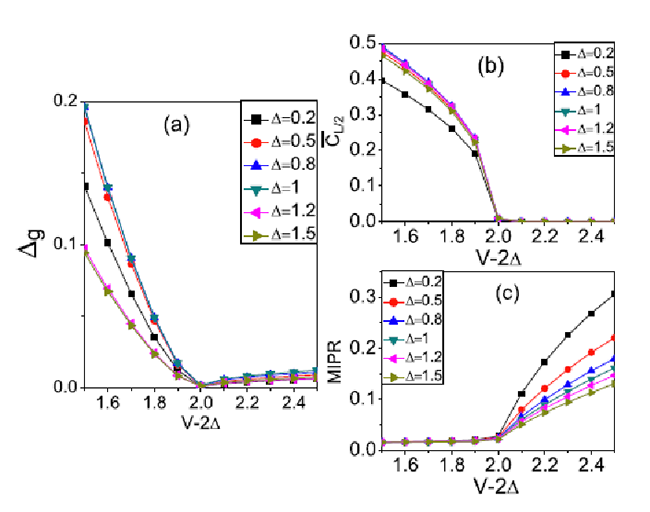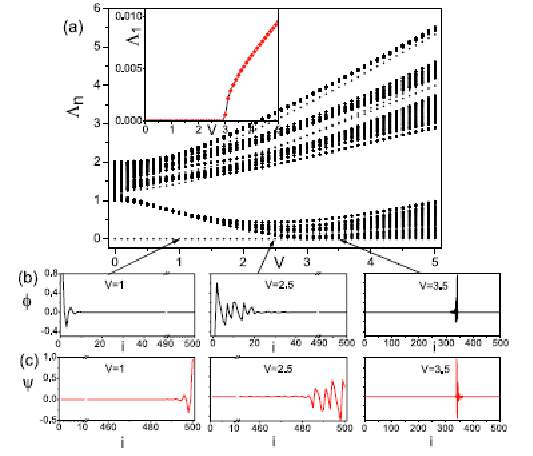Topological Superconductor to Anderson Localization Transition in One-Dimensional disordered Topological superconductors
Date:30-05-2013 Print
Topological superconductors have attracted intense recent studies, as they are promising candidates for the practical realization of Majorana fermions. Among various proposals, the one-dimensional (1D) topological superconductor in nanowires provides experimental feasibility on the detection of Majorana fermions, which has stimulated great enthusiasm in exploring physical properties of topological superconductors. A key feature of a 1D TSC is the emergence of edge Majorana fermions at ends of the superconducting wire as a result of bulk-boundary correspondence. As the topological superconductor is protected by the particle-hole symmetry, the topological phase is expected to be immune to perturbations of weak disorder. Nevertheless, a strong disorder may destroy the SC phase and induce a transition to the Anderson insulator.
Recently, Prof. CHEN Shu, Prof. WANG Yupeng and coworkers from Beijing National Laboratory for Condensed Matter Physics at the Institute of Physics, Chinese Academy of Sciences reported their theoretical study on the competition of disorder and superconductivity for a one-dimensional p-wave superconductor in incommensurate potentials. With the increase in the strength of the incommensurate potential, the system undergoes a transition from a topological superconducting phase to a topologically trivial localized phase. The phase boundary is determined both numerically and analytically from various aspects and the topological superconducting phase is characterized by the presence of Majorana edge fermions in the system with open boundary conditions. They also calculate the topological Z_2 invariant of the bulk system and find it can be used to distinguish the different topological phases even for a disordered system.
As the incommensurate potential can now be engineered with ultracold atoms loaded in 1D bichromatic optical lattices with good tenability, the theoretical work carried out by Prof. Chen Shu, Prof. Wang Yupeng and coworkers paves the way for experimentally study the controllable disorder effect in topological superconductors realizable in cold atom systems.
This work was published on Phys. Rev. Lett. 110, 176403 (2013). It was supported by National Program for Basic Research of MOST, NSF of China under Grants No.11174360 and No.11121063, and 973 grant.
 |
| Fig.1: The energy gap (a), average correlation function (b), and mean inverse participation ration as a function of strength of disorder indicate the transition point located at V=2+ 2 Delta. |
 |
| Fig.2. The energy spectra under the open boundary condition indicate the existence of Majorana boundary zero mode in the regime of topological superconductor and the transition to the localized state with the increase in the strength of disorder. |

